Khuong An Nguyen
Conformalised data synthesis with statistical quality guarantees
Dec 14, 2023Abstract:With the proliferation of ever more complicated Deep Learning architectures, data synthesis is a highly promising technique to address the demand of data-hungry models. However, reliably assessing the quality of a 'synthesiser' model's output is an open research question with significant associated risks for high-stake domains. To address this challenge, we have designed a unique confident data synthesis algorithm that introduces statistical confidence guarantees through a novel extension of the Conformal Prediction framework. We support our proposed algorithm with theoretical proofs and an extensive empirical evaluation of five benchmark datasets. To show our approach's versatility on ubiquitous real-world challenges, the datasets were carefully selected for their variety of difficult characteristics: low sample count, class imbalance and non-separability, and privacy-sensitive data. In all trials, training sets extended with our confident synthesised data performed at least as well as the original, and frequently significantly improved Deep Learning performance by up to +65% F1-score.
A novel Deep Learning approach for one-step Conformal Prediction approximation
Jul 29, 2022

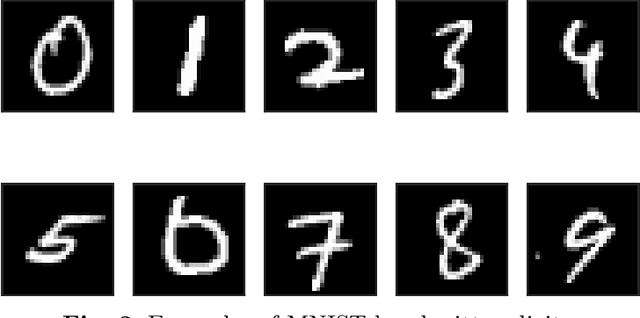

Abstract:Deep Learning predictions with measurable confidence are increasingly desirable for real-world problems, especially in high-risk settings. The Conformal Prediction (CP) framework is a versatile solution that automatically guarantees a maximum error rate. However, CP suffers from computational inefficiencies that limit its application to large-scale datasets. In this paper, we propose a novel conformal loss function that approximates the traditionally two-step CP approach in a single step. By evaluating and penalising deviations from the stringent expected CP output distribution, a Deep Learning model may learn the direct relationship between input data and conformal p-values. Our approach achieves significant training time reductions up to 86% compared to Aggregated Conformal Prediction (ACP), an accepted CP approximation variant. In terms of approximate validity and predictive efficiency, we carry out a comprehensive empirical evaluation to show our novel loss function's competitiveness with ACP for binary and multi-class classification on the well-established MNIST dataset.
Audio feature ranking for sound-based COVID-19 patient detection
Apr 14, 2021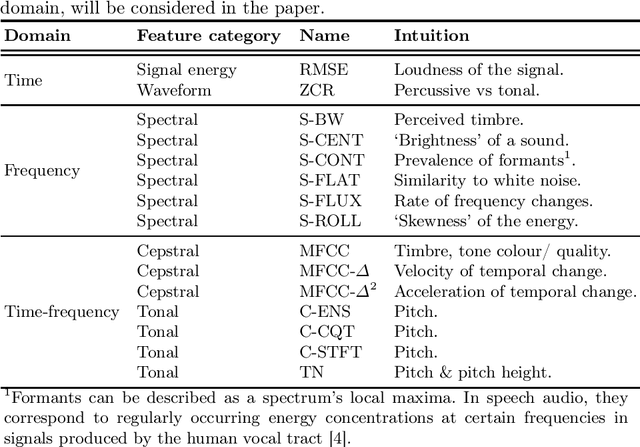


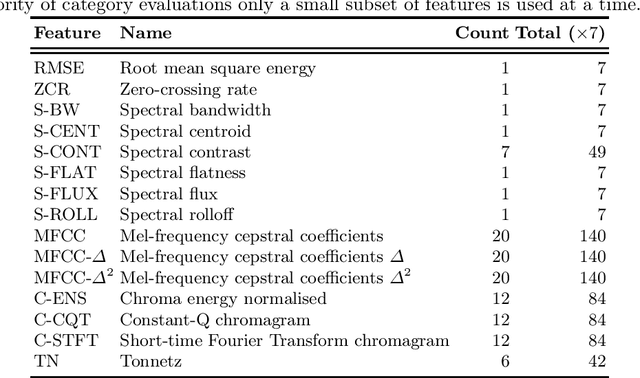
Abstract:Audio classification using breath and cough samples has recently emerged as a low-cost, non-invasive, and accessible COVID-19 screening method. However, no application has been approved for official use at the time of writing due to the stringent reliability and accuracy requirements of the critical healthcare setting. To support the development of the Machine Learning classification models, we performed an extensive comparative investigation and ranking of 15 audio features, including less well-known ones. The results were verified on two independent COVID-19 sound datasets. By using the identified top-performing features, we have increased the COVID-19 classification accuracy by up to 17% on the Cambridge dataset, and up to 10% on the Coswara dataset, compared to the original baseline accuracy without our feature ranking.
A review of smartphones based indoor positioning: challenges and applications
Jun 03, 2020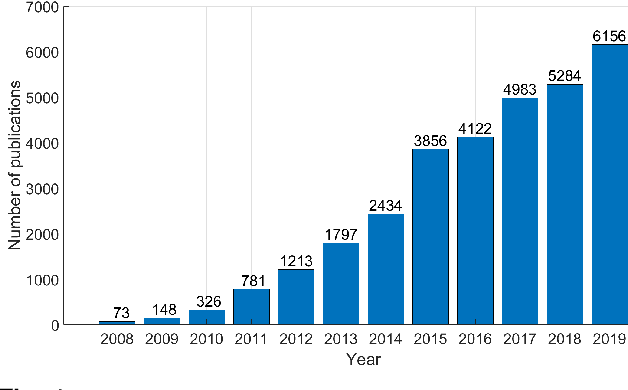
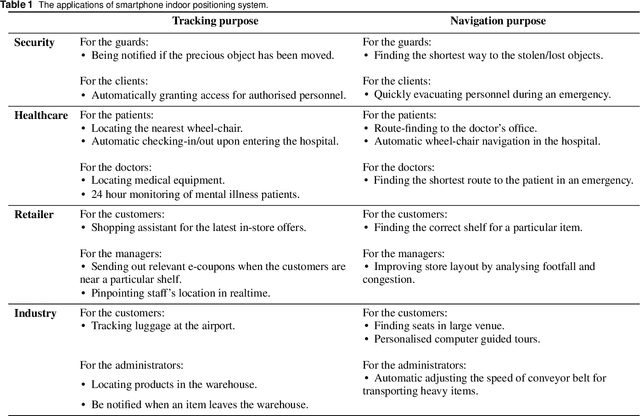
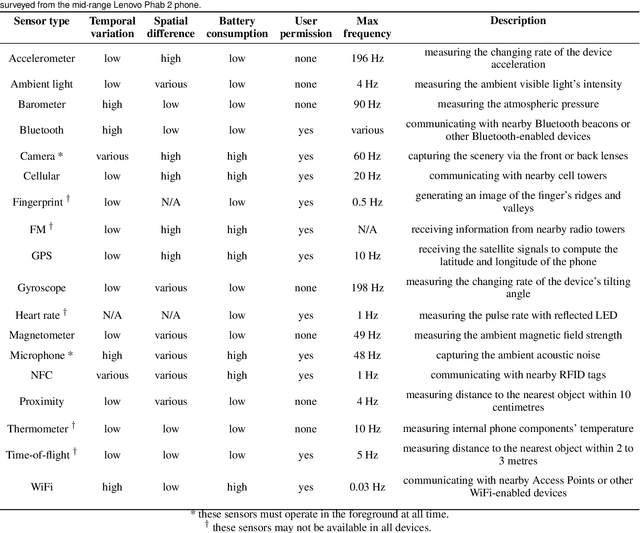
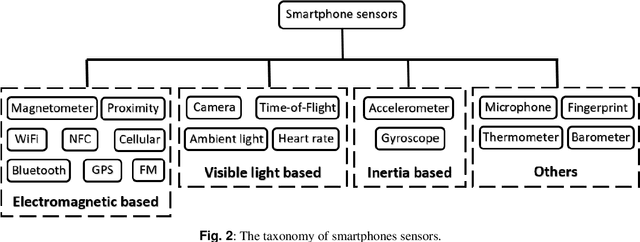
Abstract:The continual proliferation of mobile devices has encouraged much effort in using the smartphones for indoor positioning. This article is dedicated to review the most recent and interesting smartphones based indoor navigation systems, ranging from electromagnetic to inertia to visible light ones, with an emphasis on their unique challenges and potential real-world applications. A taxonomy of smartphones sensors will be introduced, which serves as the basis to categorise different positioning systems for reviewing. A set of criteria to be used for the evaluation purpose will be devised. For each sensor category, the most recent, interesting and practical systems will be examined, with detailed discussion on the open research questions for the academics, and the practicality for the potential clients.
 Add to Chrome
Add to Chrome Add to Firefox
Add to Firefox Add to Edge
Add to Edge